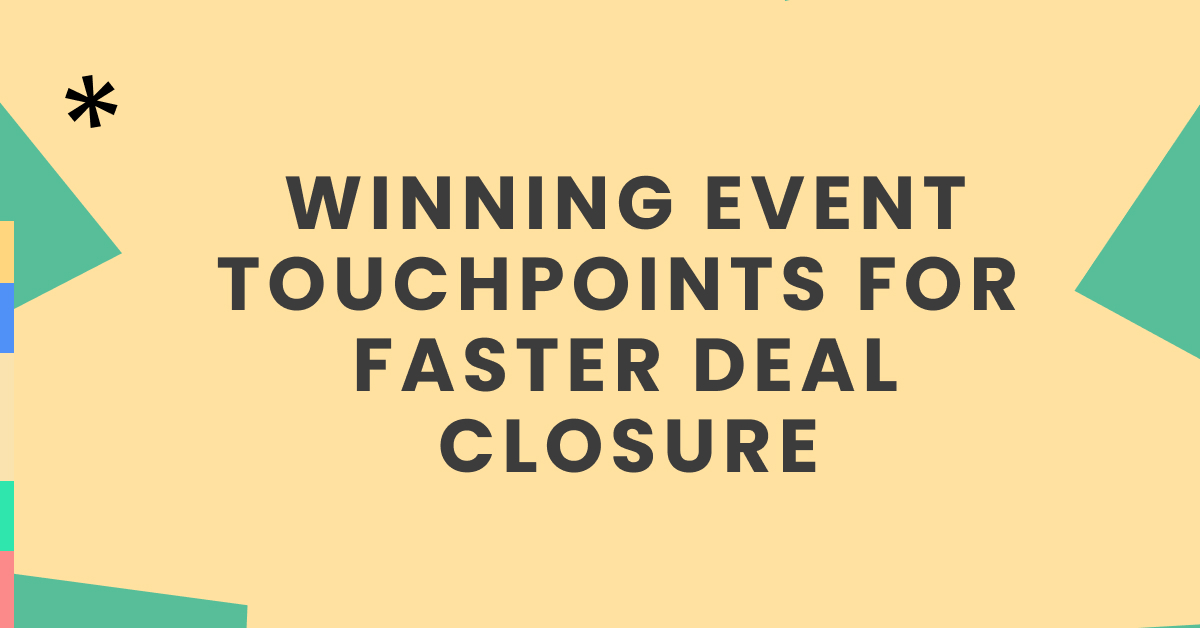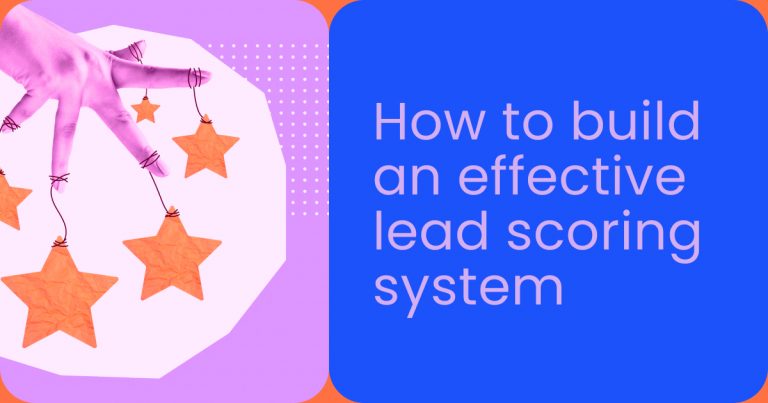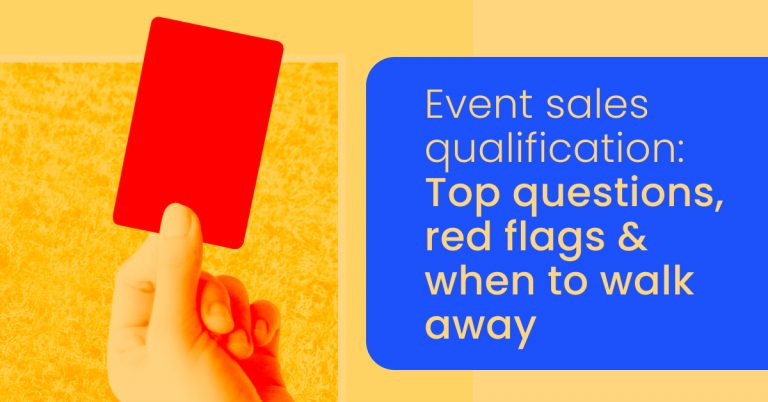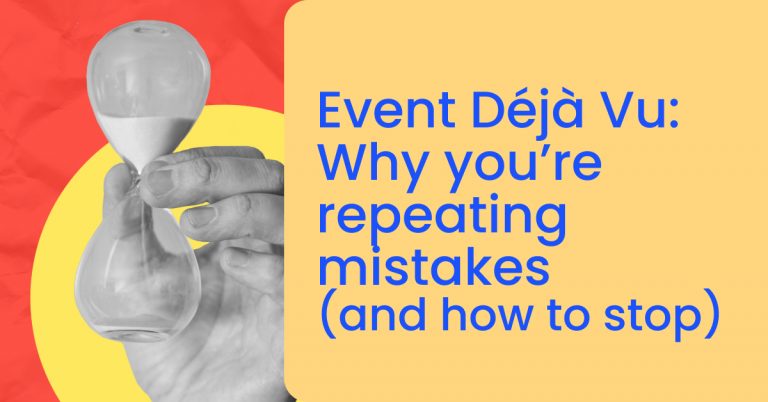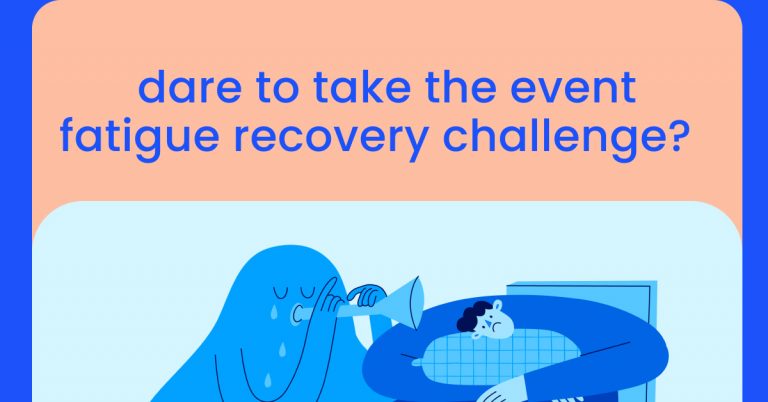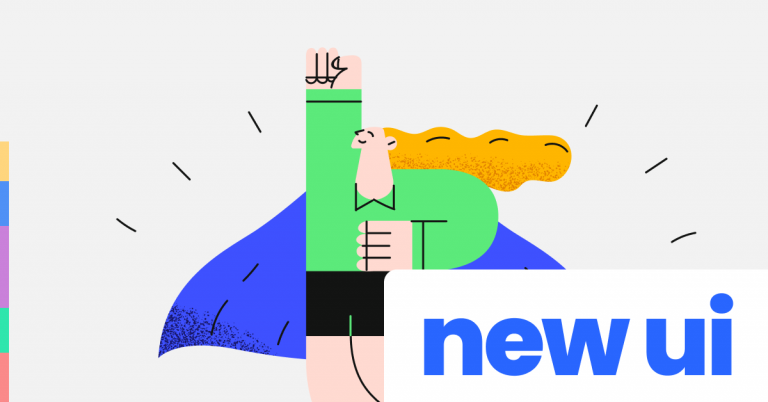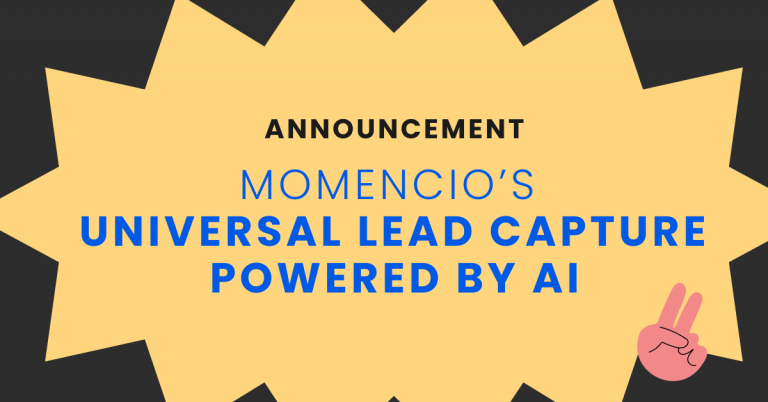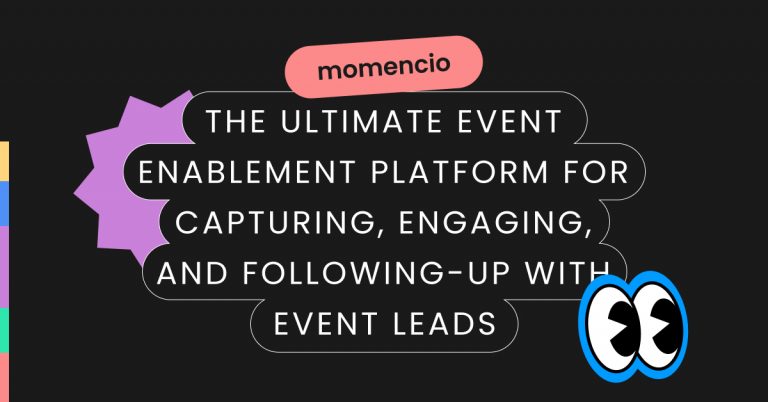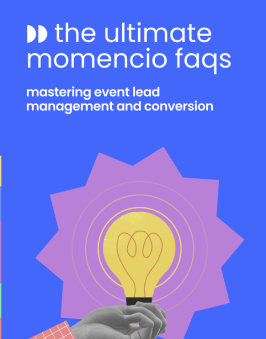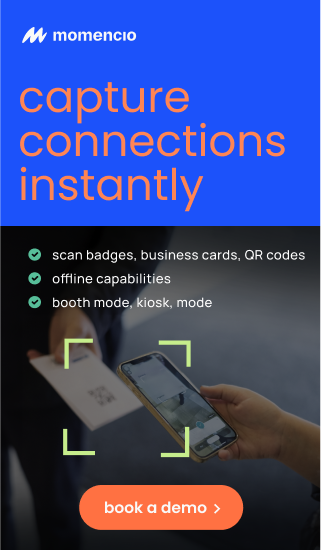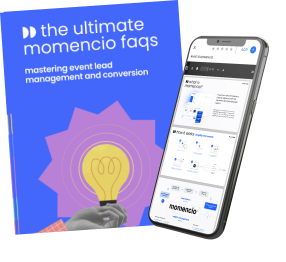In 1962, David Ogilvy, the father of advertising, declared, “The customer is not a moron. She is your wife.” Replace “wife” with “attendee,” and you grasp the essence of modern event marketing. Today’s buyers are discerning, impatient, and hungry for value. They do not meander through labyrinthine sales funnels—they demand shortcuts. This is where event touchpoints come in. Event touchpoints are essentially the catalysts that collapse the distance between curiosity and conversion.
74% of marketers agree that events generate the highest-quality leads. Why? Because events are not mere transactions. They are visceral, multi-sensory experiences where trust is forged in real time. But to harness this power, exhibitors must master the art of event touchpoints—strategic interactions that guide prospects from discovery to decision.
In this treatise, we shall dissect how event touchpoints compress the sales funnel, turning fleeting encounters into revenue pipelines. For those wielding lead capture and sales activation tools like momencio, the implications are profound.
Mapping the moments that matter
A touchpoint is not a transaction. It is a psychological handshake.
At a trade show, every interaction—pre, during, and post-event—serves as a thread in the tapestry of persuasion. Let us deconstruct these phases:
Pre-event touchpoints
Email invitations. Social media teases. Personalized agendas. These are not administrative formalities. They are the opening acts of a narrative. A study found that 68% of attendees pre-plan which booths to visit. By embedding event touchpoints like targeted emails with session recommendations, exhibitors prime prospects to seek them out.
During-event touchpoints
Here, immediacy reigns. A demo. A scanned badge. A gamified contest. Each interaction is a micro-commitment, a step toward loyalty. Consider how momencio’s lead capture feature transforms a 30-second exchange into a digitized profile—complete with intent signals like “interested in pricing” or “request follow-up.”
Post-event touchpoints
The fatal error? Treating the event’s end as a finish line. In truth, it is the starting block. Automated follow-ups, tailored content, and post-surveys sustain momentum.
The funnel, once a linear march, becomes a vortex.
How touchpoints eliminate friction
Imagine a buyer’s journey:
Awareness → Consideration → Decision → Purchase
Now, let’s inject event touchpoints:
Awareness (pre-event webinar) → Consideration (live product demo) → Decision (post-event pricing consultation)
The funnel collapses. Stages merge.
Why? Because events deliver three accelerants:
Human immediacy
A prospect’s doubt cannot withstand a persuasive live demo. Objections are dismantled in real time.
Data granularity
With tools like momencio, exhibitors track which touchpoints resonate. Did the attendee revisit the booth after scanning a QR code? Did they visit the landing page you emailed earlier? Which personalized marketing collateral did they engage with? Such signals prioritize leads for sales teams.
Emotional resonance
A handshake, a smile, a shared laugh—these are the intangibles that nurture trust faster than any email sequence.
How touchpoints simplify discovery
Attendees are not passive spectators. They are hunters, stalking solutions with precision. They arrive with agendas: to compare vendors, explore innovations, and forge partnerships. For them, event touchpoints are not mere conveniences—they are lifelines.
The psychology of attendee decision-making
Imagine an attendee stepping onto the trade show floor. They are bombarded by sights, sounds, and stimuli. The average attendee spends 8.3 hours at an event, yet their attention span is a fleeting 8 seconds. How do you cut through the noise?
By designing event touchpoints that align with their cognitive rhythms:
Pre-event touchpoints: Simplify their planning. Send personalized agendas, interactive floor maps, and session recommendations. A study found that 78% of attendees use event apps to navigate schedules. By embedding event touchpoints like push notifications for booth visits or live demos, you become their guide, not just another vendor.
During-event touchpoints: Reduce decision fatigue. Attendees are overwhelmed by choice. A well-placed QR code, a gamified scavenger hunt, or a live poll can transform indecision into action. For instance, momencio’s lead capture tool allows attendees to scan their badges and instantly receive tailored content—brochures, case studies, or pricing sheets. This eliminates the friction of manual data entry and ensures they leave with value.
Post-event touchpoints: Sustain engagement. The event’s end is not a goodbye—it is a handoff. Automated follow-ups, personalized thank-you emails, and exclusive post-event offers keep your brand top-of-mind.
Actionable strategies for exhibitors
Leverage interactive technology
Use AR/VR to showcase products in action. A 3D model of your machinery or a virtual tour of your facility can captivate attendees better than any brochure.
Gamify the experience
Create a booth challenge where attendees earn points for engaging with your event touchpoints—scanning a QR code, watching a demo, or sharing on social media. Offer a prize for the highest score.
Personalize at scale
Use data from pre-registration to tailor your messaging. If an attendee expressed interest in sustainability, ensure your booth staff highlights eco-friendly features.
Streamline follow-ups
Equip your team with tools like momencio to instantly score leads. Tagging leads as “hot,” “warm,” or “cold” ensures your sales team knows who to prioritize.
The data imperative: measuring event touchpoint efficacy
“In the modern world of business, it is useless to be a creative, original thinker unless you can also sell what you create.”
Creativity without measurement is vanity. To master event touchpoints, you must measure their impact.
Key metrics to track
Scan-to-engagement rate
How many badge scans led to meaningful conversations? A high scan rate with low engagement suggests your booth staff needs training.
Content uptake
Which resources—brochures, videos, whitepapers—were most downloaded? This reveals what resonates with your audience.
Time-to-close
Did event-sourced leads convert faster than outbound leads? If so, your event touchpoints are working.
Net promoter score (NPS)
How likely are attendees to recommend your brand? A high NPS indicates your event touchpoints are memorable.
Tools for measurement
momencio’s performance dashboards transforms raw data into actionable insights. For example:
- Heatmaps show which booth areas attracted the most traffic.
- Lead scoring identifies high-intent prospects for immediate follow-up.
- Session analytics reveal which demos or presentations drove the most engagement.
Blending digital and physical touchpoints
Hybrid events are not a trend—they are the future. They combine the immediacy of in-person interactions with the scalability of digital reach.
Why hybrid works
- Expanded reach
Virtual attendees can join from anywhere, increasing your audience size.
- Enhanced engagement
Digital tools like live polls, Q&A sessions, and breakout rooms foster interaction.
- Data richness
Virtual platforms provide granular data—attendee dwell time, content downloads, and chat interactions.
Designing hybrid event touchpoints
- Pre-event
- Send personalized invites with options to attend in-person or virtually.
- Host a pre-event webinar to build anticipation.
- During-event
- Equip in-person attendees with tablets to interact with virtual attendees.
- Post-event
- Share on-demand content with all attendees.
- Use momencio’s CRM integration to sync leads and trigger follow-ups.
The art of follow-up: turning event touchpoints into transactions
“The most important word in the vocabulary of advertising is test.”
The follow-up is where event touchpoints either flourish or flounder.
The 24-hour rule
Research shows that 50% of sales go to the vendor who responds first. momencio’s automated email follow-ups ensure no lead slips through the cracks.
Crafting the perfect follow-up
- Personalization
Reference specific interactions: “It was great discussing your sustainability goals at our booth.”
- Value addition
Attach a relevant resource: “Here’s the case study on energy-efficient solutions we mentioned.”
- Call-to-action
Be clear and direct: “Let’s schedule a demo at your convenience.”
Conclusion
Event touchpoints are your grand slam. They dissolve friction, ignite trust, and propel buyers from “maybe” to “yes.” For exhibitors, this is not merely advantageous—it is existential.
To the skeptics, we say: adapt or atrophy.
To the innovators, we say: arm yourself with momencio.
FAQs
- How do event touchpoints differ from traditional sales funnel stages?
- Event touchpoints are not mere steps in a funnel—they are experiential catalysts. Traditional funnels rely on passive progression (e.g., emails, ads). Event touchpoints, however, compress the journey by merging human interaction, immediacy, and data. For example, a live product demo (a touchpoint) can propel a prospect from awareness to decision in minutes, bypassing weeks of email nurturing. Tools like momencio amplify this by digitizing interactions, ensuring no momentum is lost.
- What is the most underrated event touchpoint that exhibitors ignore?
- The post-event survey. Most exhibitors treat surveys as bureaucratic formalities. In reality, they are goldmines of intent. A well-crafted survey asks: “What challenge brought you to our booth?” or “Which feature interested you most?” These responses, when integrated with momencio’s lead profiles, enable hyper-personalized follow-ups.
- How soon should sales teams follow up after capturing a lead via event touchpoints?
- Within 24 hours—not a minute later. A Harvard Business Review study found that firms contacting leads within an hour are 7x more likely to qualify them. Momencio’s automated workflows enable instant follow-ups: a personalized email with session highlights, a calendar link for consultations, or a discount code. Delay, and you risk being eclipsed by competitors.
